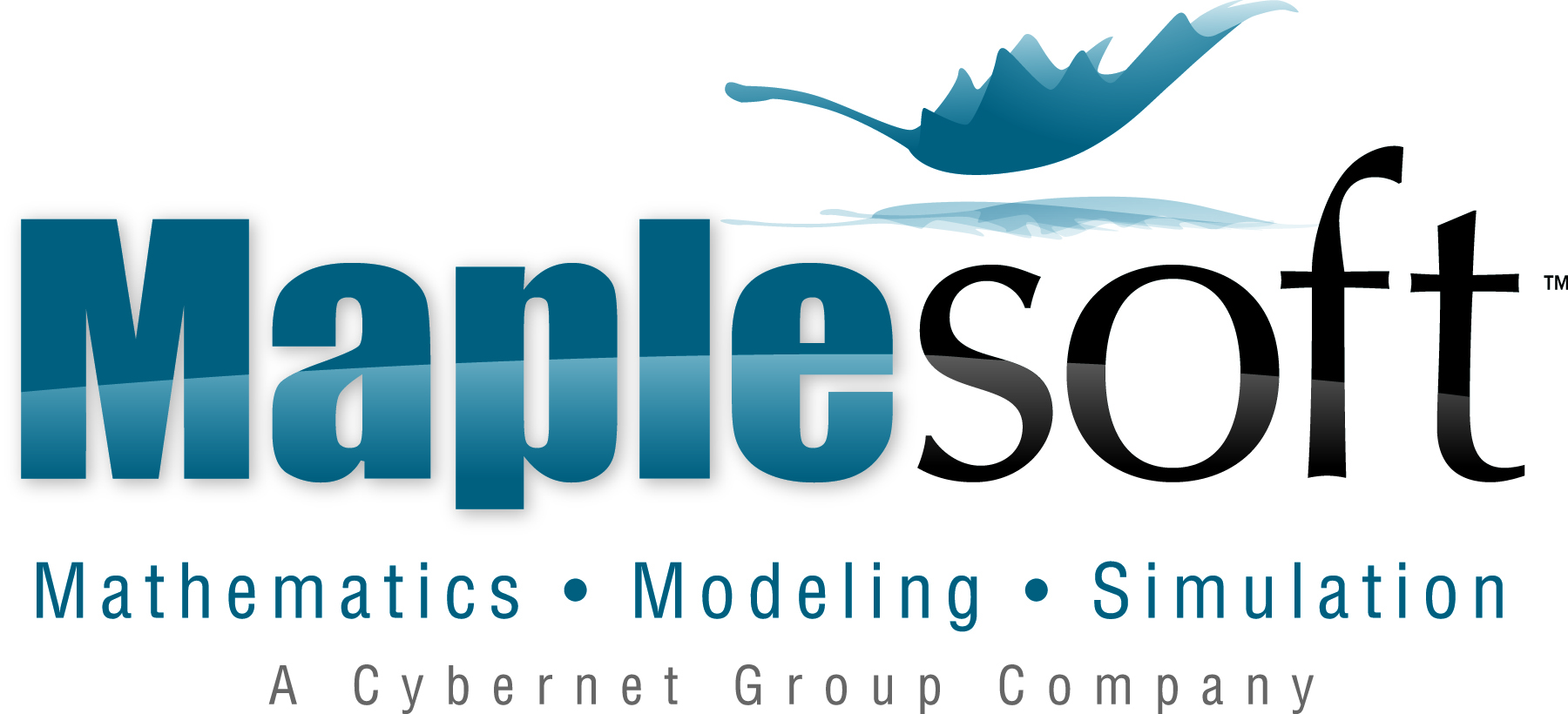2013 CMS Winter Meeting
University of Ottawa, December 6 - 9, 2013
Org: Angele Hamel (Laurier) and Stephanie van Willigenburg (UBC)
[PDF]
- ANNA BERTIGER, University of Waterloo
An Equivariant Rim Hook Rule [PDF]
-
In 1999, Bertram, Ciocan-Fontanine and Fulton related quantum multiplication of Schur polynomials to the classical product via rim-hook removal. This is called the "rim-hook rule." Since the LIttlewood-Richardson rule is easily accessible, this means that products in $QH^*(Gr(k,n))$ are also similarly accessible. We provide an equivariant version of this rim-hook rule, explicitly relating the rings $QH^*_T(Gr(k,n))$ and $H^*_T(Gr(k,2n-1))$ or alternately the quantum product of factorial Schur polynomials to the classical product. This allows computations in $QH^*_T(Gr(k,n))$ using combinatorial devices such as Knutson and Tao's puzzles for $H^*_T(Gr(k,n))$. Interestingly, this rule requires a specialization of torus weights that is tantalizingly similar to maps in affine Schubert calculus, which is related to Gromov-Witten theory by Peterson's theorem.
- HOLLY HEGLIN, York
- SAM HSIAO, Bard College
Probabilistic interpretations of quasisymmetric functions [PDF]
- SAM HSIAO, Bard College
-
We explore extensions of Stanley's work on applications of quasisymmetric functions to generalized riffle shuffling. Results include a probabilistic interpretation of the quasisymmetric Schur functions of Haglund, Luoto, Mason, and van Willigenburg in terms of Schensted insertion for composition tableaux, as well as similar such interpretations in the setting of colored quasisymmetric functions. We also extend previous work with Hersh to show that characters on the Hopf algebra of colored quasisymmetric functions induce Markov chains on descent classes of wreath products.
- JIA HUANG, University of Minnesota
0-Hecke algebra action on the Stanley-Reisner ring of the Boolean algebra [PDF]
-
The 0-Hecke algebra is an interesting deformation of the group algebra of the symmetric group. By studying its action on the Stanley-Reisner ring of the Boolean algebra, we obtain a representation theoretic interpretation for the noncommutative Hall-Littlewood symmetric functions introduced by Bergeron and Zabrocki, and recover a result of Garsia and Gessel on generating functions of the joint distribution of five permutation statistics. Some of our results can be generalized to the setting of the Hecke algebra acting on the Stanley-Reisner ring of the Coxeter complex.
- AARON LAUVE, Loyola University Chicago
Revisiting r-Quasisymmetric Polynomials [PDF]
-
In an unpublished manuscript from 2005, F. Hivert introduced a one-parameter family of (non-multiplicative) actions of the symmetric group $S_n$ on the space of polynomials in $n$ commuting variables. It happens that the classical symmetric polynomials form the space of invariants at parameter $r=\infty$ and the classic(?) quasisymmetric polynomials form the space of invariants at parameter $r=1$. It also happens that for each integer $1\leq r \leq \infty$, the space $r$-QSym of level-$r$ invariants forms a ring, which brings us to the subject of the present work. We revisit two conjectures of Hivert regarding quotients of $r$-QSym by $\infty$-QSym, first proven by Garsia and Wallach (2007), and look for some representation-theoretic and combinatorially-rich bases along the way. (This is joint work with Sarah Mason.)
- PETER MCNAMARA, Bucknell University
Comparing skew Schur functions: a quasisymmetric perspective [PDF]
-
This story begins with work of Reiner, Shaw and van Willigenburg, where they showed that if two skew Schur functions $s_A$ and $s_B$ are equal, then the skew shapes $A$ and $B$ must have the same ``row overlap partitions.'' Unfortunately, the converse is not true. Recently, we have shown that these row overlap equalities are also implied by a much weaker condition than skew Schur equality: that $s_A$ and $s_B$ have the same support when expanded in the fundamental quasisymmetric basis $F$. Surprisingly, there is significant evidence supporting a conjecture that the converse is also true.
In fact, we will work in terms of inequalities: if the $F$-support of $s_A$ contains that of $s_B$, then the row overlap partitions of $A$ are dominated by those of $B$. Again, we conjecture that the converse also holds. After giving evidence in favor of our conjecture, we will conclude with a consideration of how the quasisymmetric Schur basis and the dual immaculate basis fit into our framework.
- ALEJANDRO MORALES, UQAM
Bijections and symmetries for factorizations of the long cycle [PDF]
-
We study the factorizations of the permutation $(1, 2, . . . , n)$ into $k$ factors of given cycle types. Using the group algebra of the symmetric group, Jackson obtained for each $k$ an elegant formula for counting these factorizations according to the number of cycles of each factor. In the cases $k = 2, 3$ Schaeffer and Vassilieva gave a combinatorial proof of Jackson’s formula, and Morales and Vassilieva obtained more refined formulas exhibiting a surprising symmetry property. These counting results are indicative of a rich combinatorial theory which has remained elusive to this point, and it is the goal of this project to establish a series of bijections which unveil some of the combinatorial properties of these factorizations into $k$ factors for all $k$. The first bijection is an instance of a correspondence of Bernardi between such factorizations and tree-rooted maps; certain graphs embedded on surfaces with a distinguished spanning tree. This is joint work with Olivier Bernardi.
- MATHIEU GUAY PAQUET, UQAM
Convex combinations of chromatic symmetric functions [PDF]
-
The notion of chromatic polynomials for graphs can be extended naturally in two directions: first refine it to a symmetric function instead of a polynomial, then define it for posets in addition to graphs. On the plus side, a number of interesting questions fall out of this generalization, including Stanley and Stembridge's e-positivity conjecture for (3+1)-free posets. On the minus side, we lose the ability to use the deletion-contraction algorithm. In this talk, we'll see a (weaker) replacement for deletion-contraction and use it to make some progress on the e-positivity conjecture.
- KYLE PETERSEN, DePaul University
How to write a permutation as a product of involutions [PDF]
-
It is well-known that any permutation can be written as a product of
two involutions, often in a number of different ways. Curiously, the
question of how many ways to do this appears to be closely related to
the sum of absolute values of the characters in the symmetric group.
This leads to speculation about a cancellation-free Murnaghan-Nakayama
rule. This is joint work with Bridget Tenner.
- FRANCO SALIOLA, Université du Québec à Montréal
Spectrum of the random-to-random operator [PDF]
-
Pick a card, any card, from the deck and remove it; then put it back anywhere in the deck. Repeating this process leads to a method of shuffling a deck of cards known as the random-to-random shuffle. Its efficiency is controlled by the spectrum of its transition matrix, which turns out to be closely related to the combinatorics of the symmetric group.
In this talk we will give a combinatorial description of this spectrum and outline some of the ideas that go into the proof. This settles a conjecture made in 2002 by Uyemura-Reyes: after a suitable renormalization, this spectrum is integral. Our analysis makes considerable use of the representation theory of the symmetric group. This is joint work with Ton Dieker.
- LUIS SERRANO, Universite du Quebec a Montreal
The immaculate basis of the non-commutative symmetric functions [PDF]
-
We introduce a new basis of the non-commutative symmetric functions whose elements have Schur functions as their
commutative images. Dually, we build a basis of the quasi-symmetric functions which expand positively in the fundamental
quasi-symmetric functions and decompose Schur functions according to a signed combinatorial formula. These bases have
many interesting properties similar to those of the Schur basis, and we will outline a few of them.
- ANNA STOKKE, University of Winnipeg
Jeu-de-taquin promotion and cyclic sieving for semistandard hook tableaux [PDF]
-
Jeu-de-taquin promotion gives a bijection on semistandard $\lambda$-tableaux $CST(\lambda,k)$, with entries bounded by $k$. While, for general shapes, the order of promotion on $CST(\lambda,k)$ is not known, Rhoades gave the order of promotion on the set of semistandard rectangular tableaux $CST((c^r),k)$ and proved that $CST((c^r),k)$ exhibits the cyclic sieving phenomenon (CSP). We determine the order of promotion on the set of semistandard hook tableaux $CST((n-m,1^m),k)$ and give a CSP for the set of semistandard hook tableaux with fixed content.
- VASU TEWARI, University of British Columbia
0-Hecke modules for quasisymmetric Schur functions [PDF]
-
The quasisymmetric Schur functions introduced by Haglund, Mason, Luoto and van Willigenburg are a basis for the algebra of quasisymmetric functions. They refine the classical Schur functions in a natural way and mimic many of their combinatorial properties.
In this talk we will define an action of the 0-Hecke algebra on standard reverse composition tableaux of composition shape $\alpha$ and use it to produce a 0-Hecke module whose quasisymmetric characteristic is the quasisymmetric Schur function $S_{\alpha}$. Furthermore, we will identify those modules that are indecomposable and cyclic. This is joint work with Stephanie van Willigenburg.
- GREG WARRINGTON, University of Vermont
The Sweep Map [PDF]
-
The zeta map has been rediscovered by many researchers in various
contexts. Our interest ultimately stems from its ability to relate
the area, bounce and dinv statistics that arise in the study of the
q,t-Catalan numbers. In joint work with N. Loehr and D. Armstrong, we
prove the equivalence of several descriptions of the zeta map as well
as unify many of its previously known manifestations under a very
general map that we call the sweep map.







